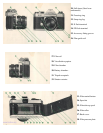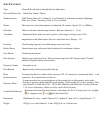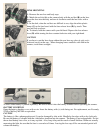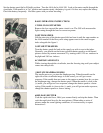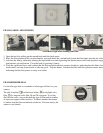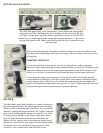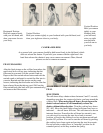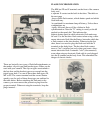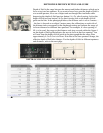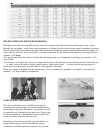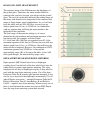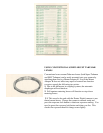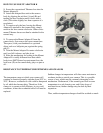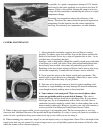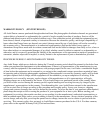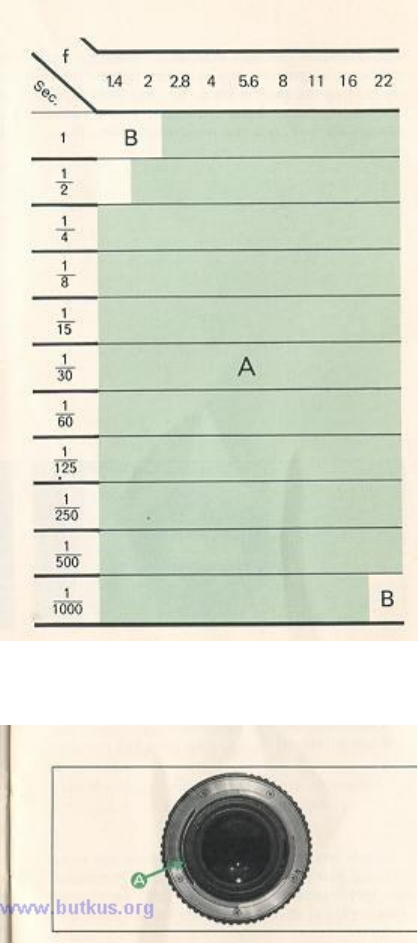
RANGE OF LIGHT MEASUREMENT
The exposure meter of the KM measures the brightness of
the ground glass. Therefore, the meter needle should be
centered after you have focused your subject on the ground
glass. The area (A) in the table indicates the reading range of
the meter, and should not be interpreted as the cameras total
range of f/stop-shutter speed combinations. As you will note
from the table, with an ASA 100 film, you may use any
shutter speed from 1/4 sec. to 1/1000 sec. in combination
with any aperture that will bring the meter needle to the
midpoint in the viewfinder.
The total range of the aperture settings is, of course,
determined by the minimum and maximum apertures of the
lens being used. For example, with the 50mm
f/1 .4 lens and ASA 100 film, any aperture from ff1.4 (the
maximum aperture of this lens) to ff16 may be used with any
shutter speed from 1/4 sec. to 1/1000 sec. that will bring the
meter needle to midpoint. However, the combination of ff22
(minimum aperture) and 1/1000 sec. is beyond the
measurability range (B), as shown in the table. As the ASA
film speed changes, the measurability range varies.
OPEN-APERTURE OR STOP-DOWN METERING
Open-aperture SMC Pentax lenses have a diaphragm
coupling lever 0 on the back of the lens which locks into the
camera body to permit open-aperture metering. The super
telephotos do not have a diaphragm coupler, so they must be
used with the stop-down metering system. Use of the Auto-
Extension Tube Set K permits open-aperture metering. It can
also be set to stop down the diaphragm automatically. Use of
other K Series accessories -- standard Extension Tube Set K,
Helicoid Extension Tube K, AutoBellows K and Bellows
Unit K -- requires stop-down metering. Whenever any one of
these is used between the camera body and an SMC Pentax
lens, the stop-down metering system must be used.



